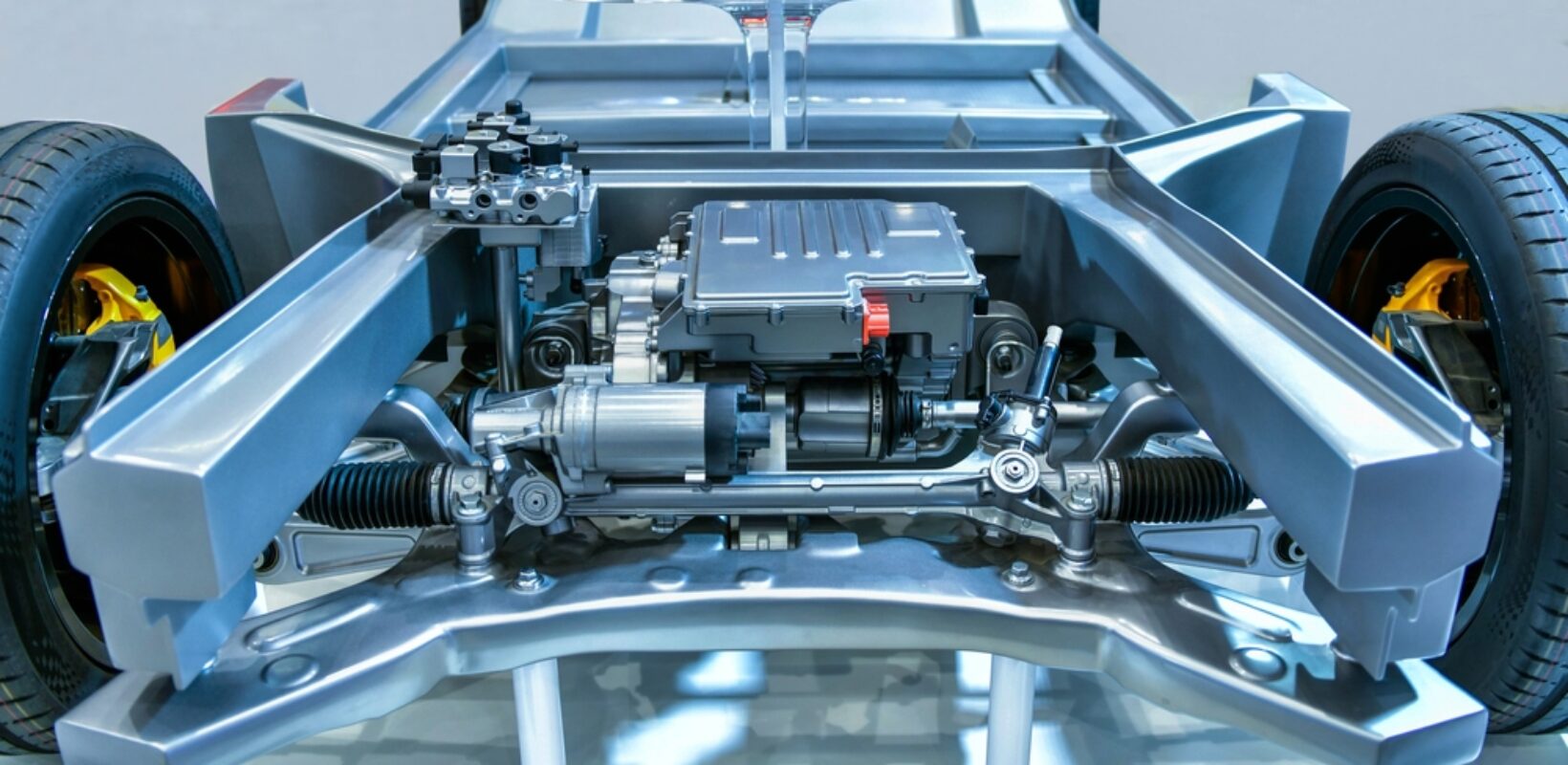
EU Batteries Regulation update: Two-year delay proposed, but no time to pause
Summary: The EU Batteries Regulation (EUBR) due diligence requirements have been delayed to August 2027, with guidance expected in mid-2026. While the timeline has shifted, the core obligations remain unchanged. Companies must still map battery supply chains, identify and address ESG risks, and ensure third-party verification. Early action is essential, as due diligence must be fully implemented and functioning well before the enforcement deadline.
Written by James Lewry
- Enforcement of EUBR due diligence requirements is revised to 18 August 2027
- Economic operator threshold raised from €40m to €150m annual global turnover
- Due diligence guidance will come one year before (July 2026)
- No changes to the substance of the due diligence obligations
- Kumi recommends that companies continue preparing to demonstrate compliance well before August 2027 to ensure timely third-party verification
The European Union’s Batteries Regulation (EUBR) is one of the most far-reaching supply chain due diligence laws introduced to date, requiring companies that place batteries on the EU market to map their supply chains, identify ESG risks, and take action to mitigate adverse impacts. Built on the principles of the UN Guiding Principles (UNGPs) and OECD Due Diligence Guidance, the EUBR aims to make sustainable sourcing a legal obligation, not a voluntary commitment.
As part of the EU’s broader simplification agenda of regulations, which also includes adjustments to the Corporate Sustainability Due Diligence Directive (CSDDD) and other flagship legislation, the European Commission proposed a set of revisions to streamline implementation across industry, which now includes some important changes to the EUBR’s due diligence requirements.
While the proposed changes will offer companies more time and administrative flexibility, the core obligations and compliance expectations remain unchanged. These include the due diligence systems and processes outlined in Articles 49 to 52 of the Regulation.
The changes in brief
The proposals include:
- A two-year delay to the enforcement date for due diligence requirements under the EUBR, moving the compliance verification deadline to 18 August 2027.
- An extension of the SME exemption to mid-cap companies (SMCs) for companies to qualify as “economic operators”, raising the bar from €40 million to €150 million in annual turnover.
- Reporting will now be required every three years, starting one year after enforcement (2028)
- A shift toward electronic reporting, removing the requirement for paper-based submissions.
- A delay to the Commission’s non-binding Due Diligence Guidance, now due to be published in July 2026.
What does this mean for business?
The proposed delay may be seen as a welcome breathing space for companies struggling with the complexity of battery supply chains. However, Kumi strongly advises against interpreting the delay as a reason to pause or slow down preparations, rather to adjust their approach and think more strategically. The 18 August 2027 date is not when companies start doing due diligence; it is the point by which companies must have already had their due diligence systems verified by a notified body. Realistically, this means operational readiness will be required well in advance of the new 2027 timeline .
Due diligence under the EUBR is proactive, not retrospective. Companies must be able to demonstrate that risk identification, mitigation, and traceability systems are functioning effectively across often opaque and high-risk mineral supply chains. Given the typical 6–18-month timeframe for material flows through battery supply chains and the lag involved in designing and embedding due diligence systems, time is already tight.
Guidance delays create uncertainty, but not inaction…
The delay to the Commission’s formal Guidelines, while unfortunate, should not be seen as a justification for inaction. The Guidelines were always expected to be non-binding and should be viewed as a helpful interpretation, not a prerequisite for compliance. However, the Commission has stated its intention to align the release of the EUBR guidelines with those from adjacent forthcoming regulations, such as the Corporate Sustainability Due Diligence Directive.
Kumi’s advice to businesses: shift from reactive to strategic
While it may be tempting to see the delay as an opportunity to slow down preparations, Kumi recommends businesses use the opportunity to implement due diligence strategically, not under last-minute pressure.
Here’s what companies should do now:
- Identify relevant due diligence legislation in addition to EUBR to understand requirements and ensure unified systems and processes.
- Review your due diligence systems to identify gaps in processes, information collection, and traceability mechanisms.
- Map your battery supply chains, starting at a high level, to gain visibility into upstream actors and high-risk areas.
- Begin risk scoping, using available data and industry assessments to identify key ESG risks and decide on priority areas across your battery raw material supply chains.
- Plan for staged implementation, design your due diligence system to your company’s specific risk exposure and resourcing capacity.
- Engage suppliers early with a focus on collaboration, building trust and capacity to enable meaningful compliance throughout the chain.
Alignment across the EUBR, CSDDD, and other EU laws is increasing, and the core framework of risk-based, preventative due diligence is here to stay. Acting now means that companies are well-prepared to meet the EUBR requirements and the increasing expectations of downstream customers.
Need support?
Kumi is already supporting battery and downstream manufacturers to benchmark their readiness, design practical due diligence systems, and engage their suppliers. If you’d like to discuss how we can support your business to prepare for the EUBR, get in touch via the orange envelope (on the edge of the screen).
Announcement: https://single-market-economy.ec.europa.eu/single-market/simplification_en
EUBR amendments: https://single-market-economy.ec.europa.eu/publications/obligations-economic-operators-concerning-battery-due-diligence-policies_en
Amendments regarding EUBR turnover thresholds and public reporting: https://single-market-economy.ec.europa.eu/document/download/d88a75de-b620-4d8b-b85b-1656a9ba6b8a_en?filename=Proposal%20for%20a%20Regulation%20-%20Small%20mid-caps.pdf

